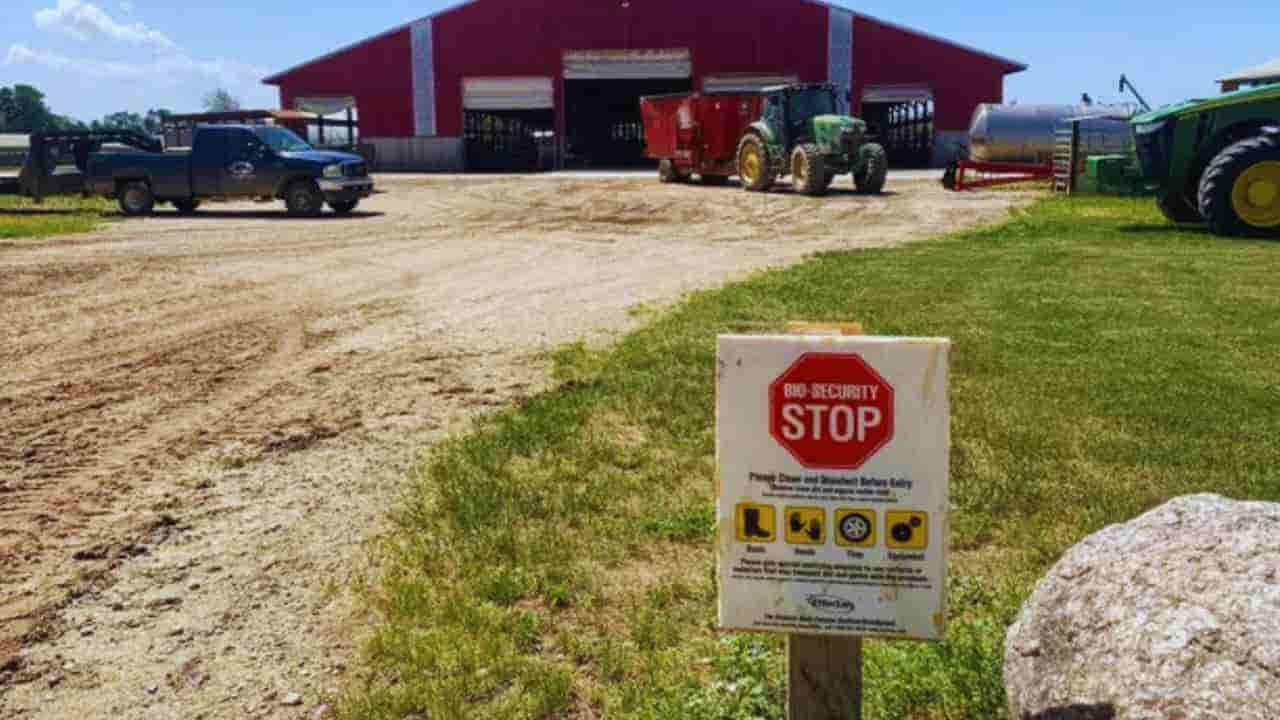Feathers and Fears: Bird Flu Takes Flight in California’s Heartland
As a seasoned health reporter, I’ve covered my fair share of outbreaks. But the latest news from California’s Central Valley has everyone from farmers to health officials on high alert. Let’s dig into the details of this unfolding story.
The Latest Case: A Growing Concern
Just yesterday, California health officials dropped a bombshell. A fourth person has caught bird flu in the state. This isn’t just any ordinary flu – we’re talking about a virus that usually sticks to our feathered friends.
Here’s the scoop: Like the others before them, the newest patient works in the agricultural powerhouse of the Central Valley. They’ve been around dairy cows that caught the virus. Now, before you panic, let’s break this down.
What We Know So Far
- Mild Symptoms: The good news? All four people who got sick have had mild symptoms, such as red eyes or eye discharge. No one has ended up in the hospital.
- No Direct Connections: Here’s where it gets tricky. The cases don’t seem to be linked, which suggests that the virus is spreading widely among dairy cows.
- A Bigger Picture: California isn’t alone in this. Across the U.S., 17 people have caught bird flu this year. Most of them work with dairy cows or chickens.
- More Cases Possible: Two more people in the Central Valley might have the virus, too. We’re waiting on test results from the big guns at the CDC in Atlanta to know for sure.
Should You Be Worried?
Now, I know what you’re thinking. Is it time to panic? Not quite. Health officials say the risk to the average Joe is still low. But you must be extra careful if you work with animals, especially on dairy farms.
The Farm Factor
This isn’t just about people getting sick. It’s hitting California’s dairy industry hard. Nearly 100 dairy farms in the central part of the state have sick cows. That’s a lot of moos in trouble.
What’s Being Done?
- Gear Up: Health officials are telling farm workers to suit up. We’re talking face masks, goggles, and gloves. It’s like a sci-fi movie, but it’s real life on the farm now.
- Virus Detective Work: The CDC has been studying the virus closely. So far, it doesn’t look like it’s changed to spread more easily between people, which is a relief.
- Keeping Watch: Health teams are on high alert, watching for any signs that the virus is changing or spreading in new ways.
The Bigger Picture
This outbreak is more than just a local problem. It’s shining a light on how diseases can jump from animals to humans. Scientists call this a “zoonotic” disease. It is a fancy word, but it just means a sickness that can spread from animals to people.
What This Means for You
- Stay Informed: If you live in California, especially in the Central Valley, listen for updates from health officials.
- Farm Workers, Take Note: If you work with animals, follow all safety rules and wear protective gear, even if it’s hot or uncomfortable.
- Don’t Panic; Be Prepared. The risk is low for most people, but it’s a good reminder to practice good hygiene—wash those hands!
Looking Ahead
This story is far from over. Health officials are working around the clock to better understand this outbreak. They’re trying to figure out how the virus spreads among cows and how to stop it.
The Bottom Line
While four cases might not sound like a lot, it’s a wake-up call. It shows how closely animal health and human health are linked. As we wait for more information, one thing’s clear: in the dance between humans, animals, and viruses, we’re all stepping to the same beat.
Stay tuned, folks. This bird flu story in California’s heartland is one to watch. It’s not just about cows and chickens anymore – it’s about all of us.
Table of Contents
